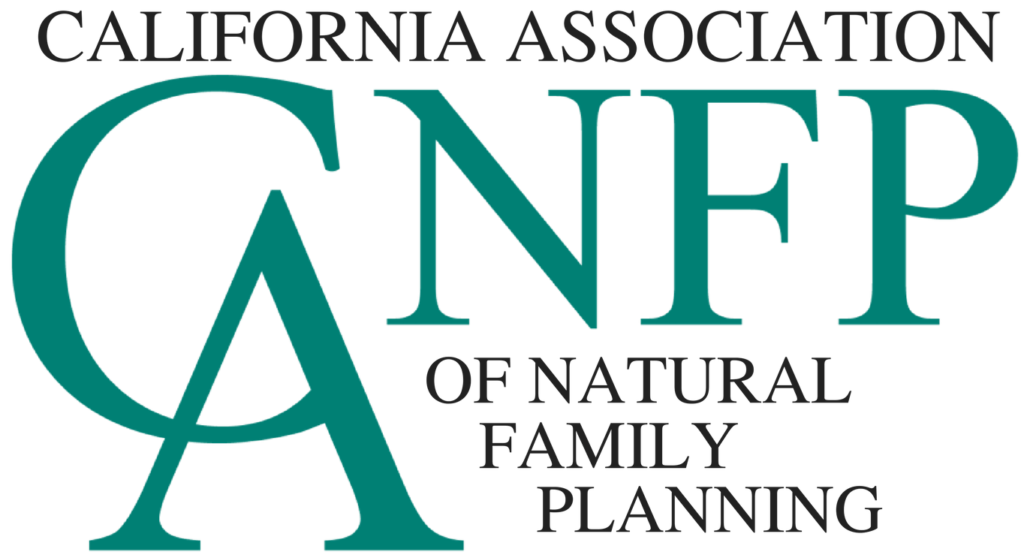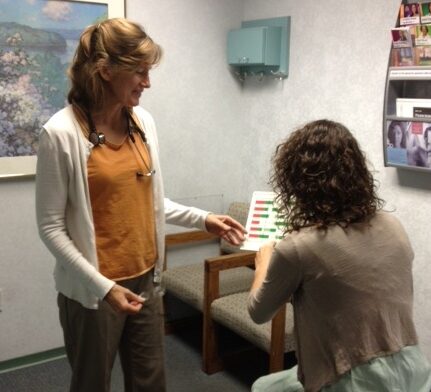- Medical Matters
Navigating Menopause
by Gretchen Marsh, D.O.
Fall 2024
Menopause is a natural process that marks the end of a woman’s reproductive years when menstruation permanently stops. It is defined as one year without menstruation and typically occurs between the ages of 45 and 55 with the average age around the world at age 51. Menopause occurs because the ovaries slow and then stop releasing eggs. The eggs are held in sacs called follicles which produce estradiol and then progesterone and so when there is no more egg release, there are no more follicles to produce estradiol and progesterone. Progesterone loss occurs earlier in the years leading up to menopause resulting in anxiety/depression, sleep dysfunction, shortening of cycles. Later estradiol loss results in hot flashes, skin dryness, hair loss, decreased libido, weight gain. Additionally, women will have decreased testosterone which will further compound decreased libido and weight gain and energy levels.
The years leading up to menopause are called the perimenopause years and are as different as each woman is. For some the perimenopause is very short and for others, it can be many years. Many women are usually working, taking care of children and teens and elderly family members and think their symptoms are from their life responsibilities, not realizing that the perimenopause is affecting them as well.
Natural Family Planning/FertilityCare Charting is an exceptional way to navigate the perimenopause into menopause not only for family planning but for health reasons. For instance, there are many documented cases at the St. Paul VI Institute where women who had learned to chart Creighton model FertilityCare System noticed unusual bleeding in their late 30s to early 40s and a cancer was discovered. Furthermore, a woman in her later 40s can monitor her bleeding and watch for unusual signs that may not be associated with perimenopause. Family physicians and gynecologists can order certain labs and pelvic ultrasounds and also offer an endometrial biopsy. Think of an endometrial biopsy as an advanced PAP smear which is done in the office. This gentle sampling of the endometrium (inside of the uterus that flows during the menses) can help to determine if there are abnormal cells or just extra thickening due to hormone changes. Gynecologists can also perform hysteroscopies in the office where they look inside the uterus with a tiny camera and also get small biopsy samplings of the endometrium.
Teacher taught, medically researched NFP methods also help women in perimenopause with hormone replacement therapy if they choose to use it. Initially women can notice lower progesterone symptoms of anxiety/depression, sleep dysfunction, PMS, and changing cycles. They can easily start bio-identical progesterone at the correct time of their cycle to help with these symptoms. Stabilizing the cycle with progesterone also helps to build confidence in the chart of fertile and non-fertile days which often times is very confusing during perimenopause.
Furthermore, with charting, a woman can easily start bio-identical estradiol when she develops hot flashes, low libido, hair loss, dry skin and vaginal tissues. Initially she may use a very low dose through out the cycle or just after ovulation so as to not suppress any possible ovulation. After menopause and with proper screening (up to date PAP smears and mammograms), women will adjust the hormone replacement therapy to every day. Starting hormone replacement therapy is best done within the year of menopause, if not before, if they are going to use hormone replacement therapy. Bone loss is slowed with use of estradiol at the time of menopause. The Menopause Society, formerly North American Menopause Society (https://menopause.org/) is an excellent source of information for guidelines for both physicians and patients.
Other medicines and supplements can be used to help symptoms of menopause if wanted. Magnesium at bedtime is helpful for anxiety, leg cramps, and sleep. Melatonin is helpful for sleep especially since we produce less of it with age. Melatonin affects progesterone levels though more so in younger women. Ashwagandha is helpful for anxiety either in the day or at bedtime. It should not be taken if wanting to conceive. Methylfolate (active folate rather than synthetic folic acid), Vitamin B12, and Vitamin D in foods and supplements round out basic nutrition for all.
And not to be overlooked are the fundamentals of excellent nutrition (mostly fresh green leafy and colorful vegetables and fruits and very little processed carbs and foods, nothing but water after dinner until breakfast), regular daily activity such as a daily brisk walk of 20-30 minutes, and good sleep habits (reduced screen time especially in the evening, a cool relaxed bedroom, little light at night).
Women who have learned to chart prior to menopause will have a better understanding of their health when they are in menopause, especially if they are using hormone replacement therapy. For instance if they develop any vaginal spotting, they will be more likely to seek medical advice and potentially avoid developing cancer. Learning to chart especially by a trained teacher from adolescence through menopause is a great gift across a woman’s lifetime
About The Author



